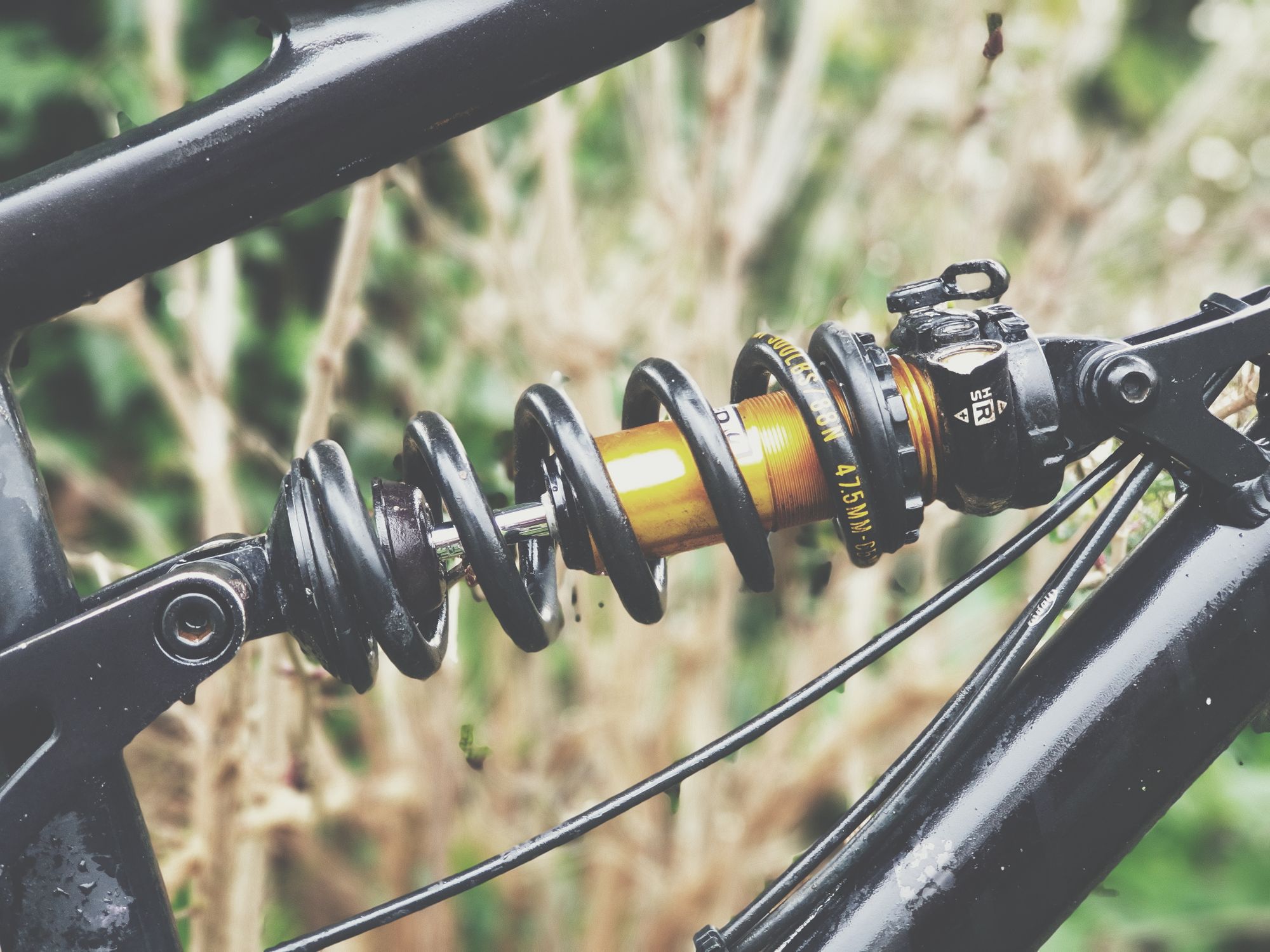Launched in 2017 the DBcoil IL (inline) was aimed squarely at the trail and enduro bike market. Lighter and smaller than a full on DH bike coil with piggyback it aimed to attract riders looking for that coil spring sensitivity without the weight penalty.
We tested the shock for around 9 months, covering about 1500 miles from singletrack, DH tracks, alpine epics and bike park. RRP is £349.99 without spring.
Design
The DBCoil Inline comes in a tidy package, with everything being compact and thoughtfully designed. The slim body and lack of piggy back means it should allow more frames to fit a bottle if required, and it is also impressively light. Without a spring it's noticeably lighter than a standard trail bike airshock.
The shock offers high and low speed rebound adjustments, as well as high and low speed compression dials. These do need to be adjusted with a 3mm allen key, meaning quick on the fly tweaks at the top of the trail is not so easy. We assume the reason for this was to save space and allow all 4 adjustments to fit nice and tightly together.
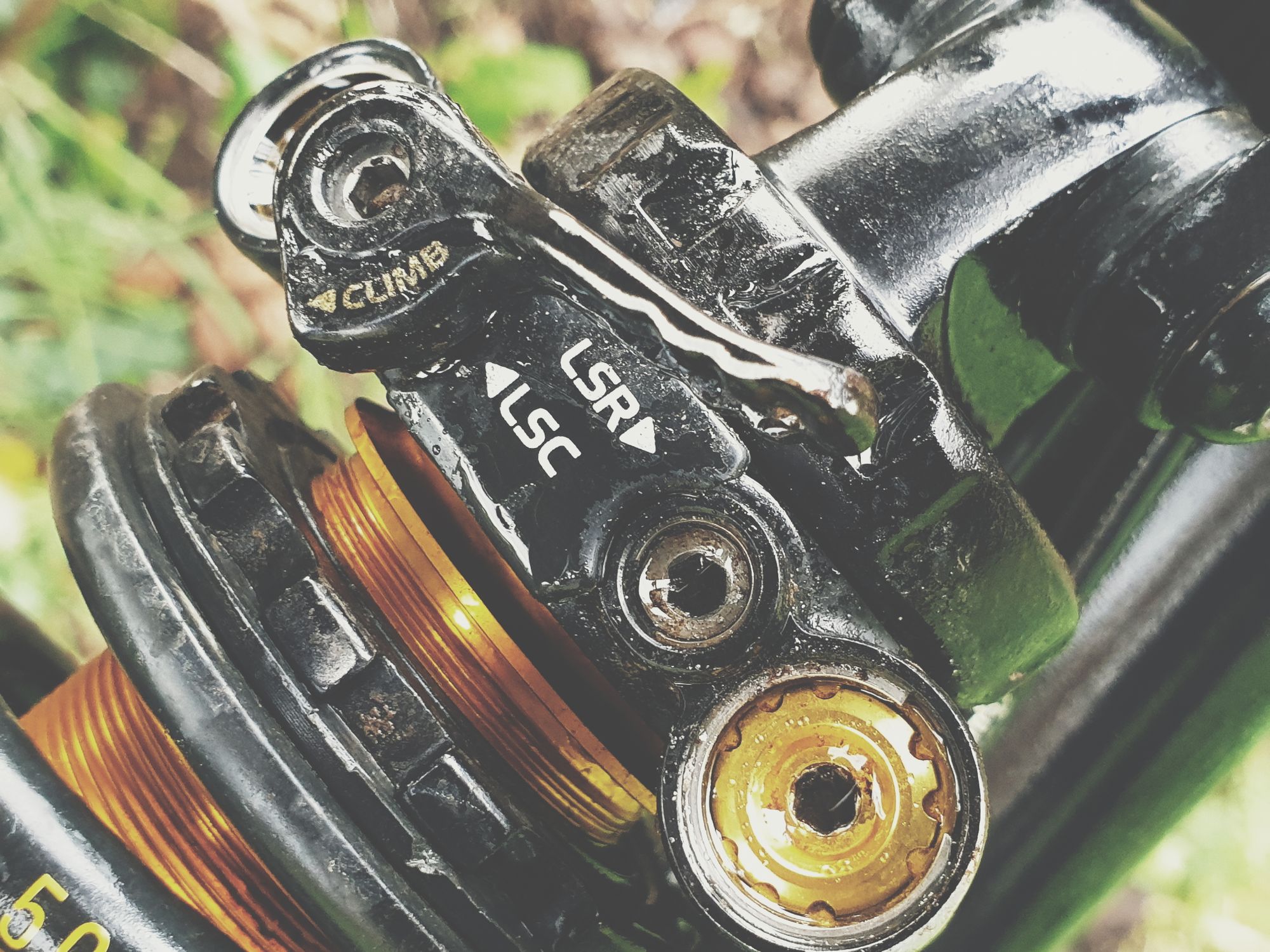
Overall the shock feels really solid and well made, with no flimsy materials or corner cutting to be noticed.
Setup
One of the big drawbacks of coil over air is that to change spring rate, you literally have to change the spring. Doing so required the shock to be removed from the bike and the retaining clip to be removed before a new coil can be slid into place. We found that not all springs are the same length, and on some of the longer ones installing and removing the spring took a huge amount of effort as the clip sits very tight, even with the preload wound out as far as it can go. We tested a 200x57 shock, so this is likely less of an issue on longer bodies, but we would advise getting the shortest spring that you can to make life easier. It's important to note that some springs went on easily, only the longer ones caused issue.
When buying a coil shock we would recommend buying at least 3 cheap steel springs with it of different rates. There are multiple spring rate calculators available online, however not all springs are rated accurately, and for us, most calculators seemed to recommend a far too low weight spring. This does depend on your bike, riding style and personal preference however.
Weight wise, depending on how heavy you are and your bikes linkage, and using a Cane Creek Vault spring, it would be very possible to get a setup that was very similar to an air shock. Once you start moving into 450lb+ springs, then this becomes less likely, but even then we think the performance gains are well worth it.
Once sag is set via the correct spring rate, you can move onto setting up the shocks damping. In the box is a card with factory defaults, which offers a good starting point, but we would suggest installing the excellent Cane Creek Dialed app on your smartphone. The app allows you to keep a note of your current settings and then gives suggestions on what dials should be tweaked based on how the bike feels. This really helps take the guess work out of getting the shock tuned to how you want it to be.
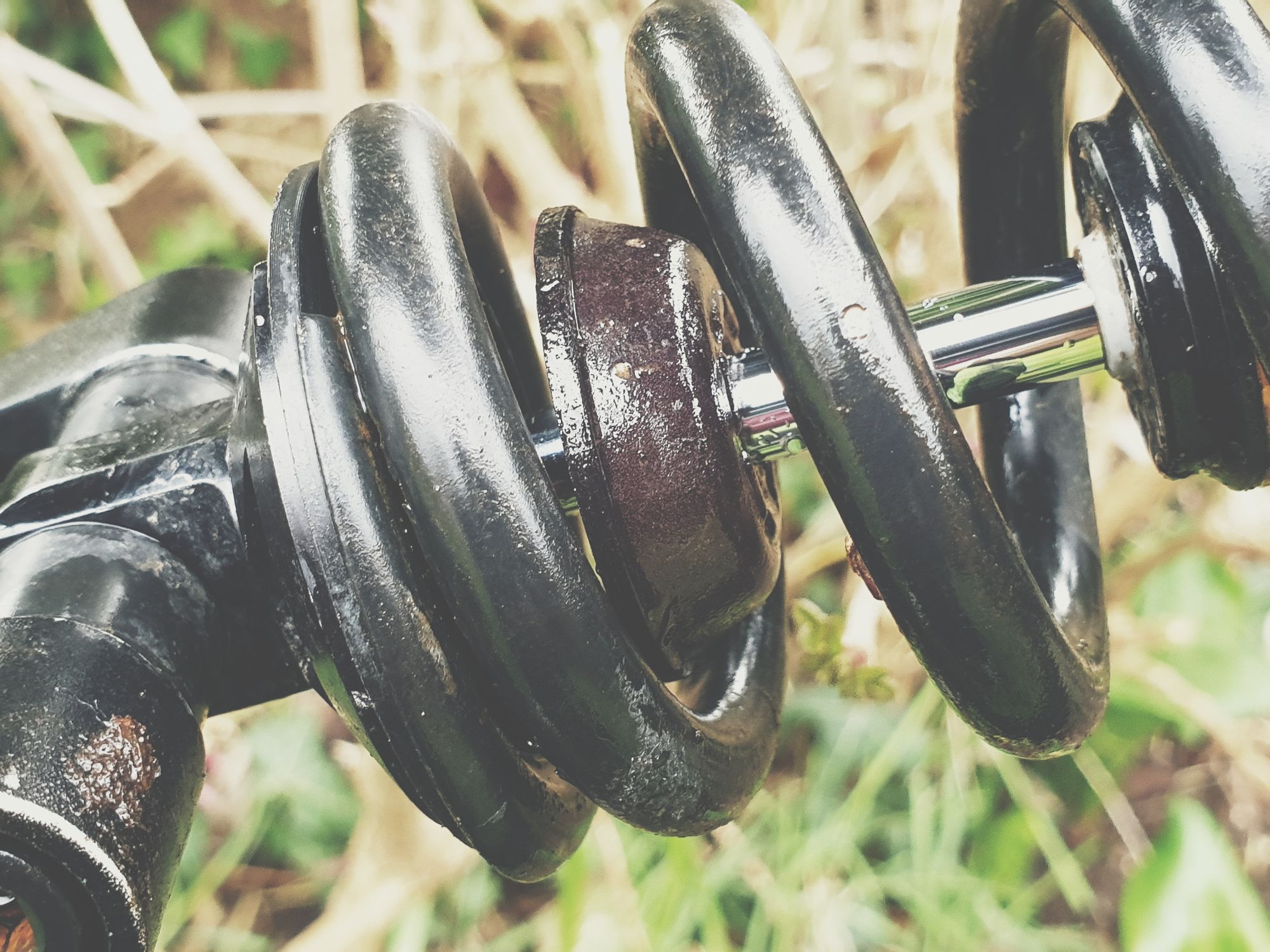
Performance
As with any coil, the first thing you notice when coming from an air shock is how easy it is to get the shock to start moving. Simply pressing down on the seat is usually enough to see the shaft compress, and this translates into really impressive small bump performance. The extra traction this gives is especially noticeable in wet conditions or on loose climbs, and quite often a coil shock can result in better climbing capabilities than air.
The shock was fitted to a bike with a pretty progressive linkage, but even then we did find it quite easy to use all the travel. This is expected to an extent as coils lack the inherent ramp up of an air spring, but even then we still had to use quite a lot of high speed compression to keep things composed on bigger hits. That said, we only felt harsh bottom outs on bigger drops to flat landings, and the chunky bottom out bumper seems to do its job well and stop any clanging harsh impacts.
When compared to the Fox Float X2 that was previously fitted to the bike the Cane Creek has much better mid stroke support. Worldwide Cyclery has a good post with a nice chart showing how air and coil ramp up differently, and how the trend for bigger volume cans exasperate this drop of support in the mid-stroke.
We found the shock to be poppy and playful when setup with a slightly firmer spring and a slightly faster rebound tune, and whilst you do use the first 3rd of the travel a little easier than an air shock, there is still plenty enough of support to pump into.
Compared to a Fox DHX RC4 which we are also using right now, the Cane Creek holds up really well, with little to differentiate it in the first 2/3rds of the stroke. Where the RC4 is superior is at the end stroke, thanks to its adjustable air bottom out support. The RC4 is nudging towards being twice the weight of the IL though, and in a much larger package, and when new, a much higher price tag.
Climb switch
As the DBCoil is designed to be fitted to bikes that also need to pedal, it comes with a easy to reach climb switch. This not only increases the amount of low speed compression, giving a nice firm platform, but also slows the rebound down.
In general we prefer our bikes to pedal well all the time, so tend to run a little more LSC and/or a slightly higher spring rate at the cost of out and out downhill performance. Because of that we have rarely used the climb switch, even on all day epics in the alps. For those wanted a more plush everyday feel, the climb switch does offer a quick and easy way of improving climbing performance.
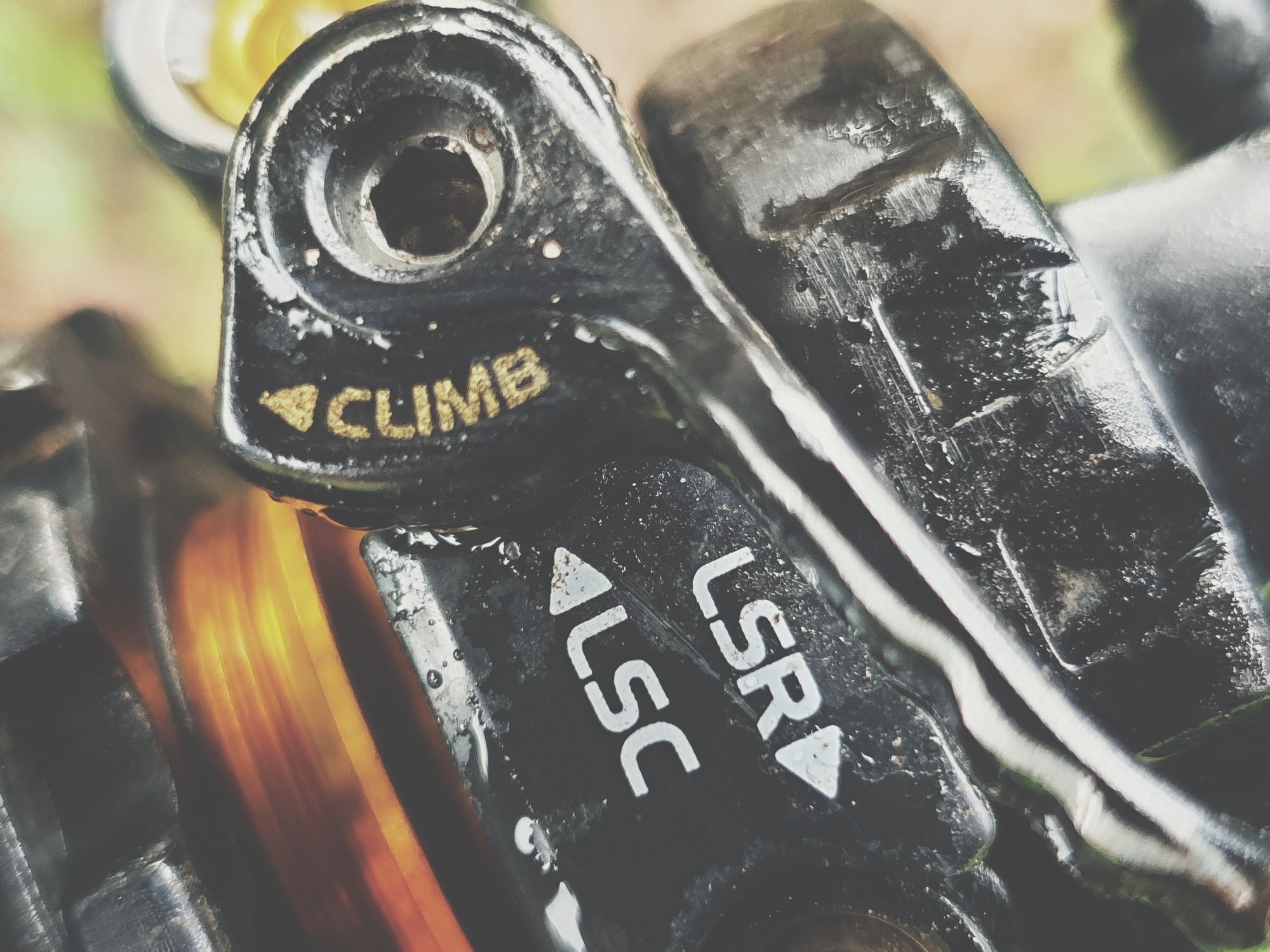
Servicing
Sadly, it doesn't seem like Cane Creek publish a service manual, or any videos on how to service the DBcoil IL at home. There doesn't seem to even be any random Youtuber who has done a tear down so at least there would be a starting point. It does seem such a shame that companies refuse to even help owners a little in doing their own servicing, Cane Creek recommend a damper service every 100 hours or annually, which is roughly inline with what other manufactures suggest. We have done over twice this though, as with coils there is less of an issues with seals leaking air.
Issues
After a few weeks be started to feel a notchy 'knock' just around the sag point. A quick Google showed that this is a common problem, and has been for a while. Bob over on Youtube has this video showing the issue:
Speaking to the supplier it sounds like this is to do with the climb switch and where the oil passes through it if the tolerances aren't dead on there can be a slight knock as the parts slide past each other. On our shock it happened both with the climb switch open and closed, but was worse closed. After being sent back for warranty the shock was smooth again for a few weeks, but then the knocking came back, but much worse. This time it was really noticeable when pedaling, and distracting rather than just mildly annoying. Back off to warranty again, it came back working fine, but a month or so later started to develop the clunk again, albeit much less than before.
The knock is still slightly there, but does seem to have reduced quite a lot. Why this is we are not sure, perhaps the parts have worn down just enough for it not to be an issue? It is fairly disappointing that Cane Creek didn't come up with a solution for this sooner (if they ever have), but, that's mountain biking.
Other than that, the shock has performed perfectly, with no squelching or leaks.
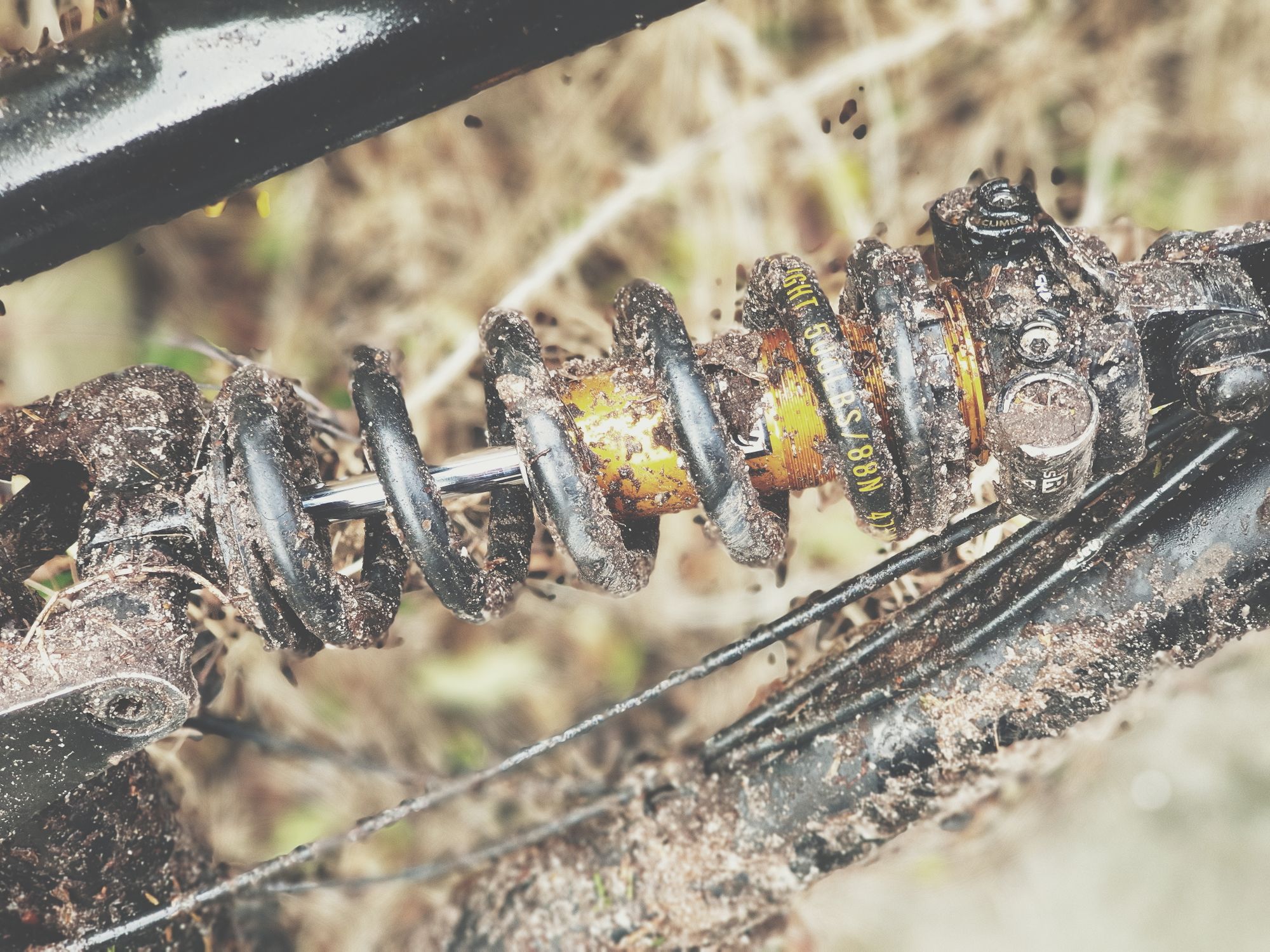
Update 06/2020:
After just over a year of use, the shock started to make squelching noises. We noticed a small amount of oil around the HSC dial. Cleaning this off after a few rides it returned, but the shock seemed to perform fine. A few more weeks later and the squelching became worse, more oil leaked and the damping started to drop off. The shock was serviced with replacement seals and returned back to normal performance.
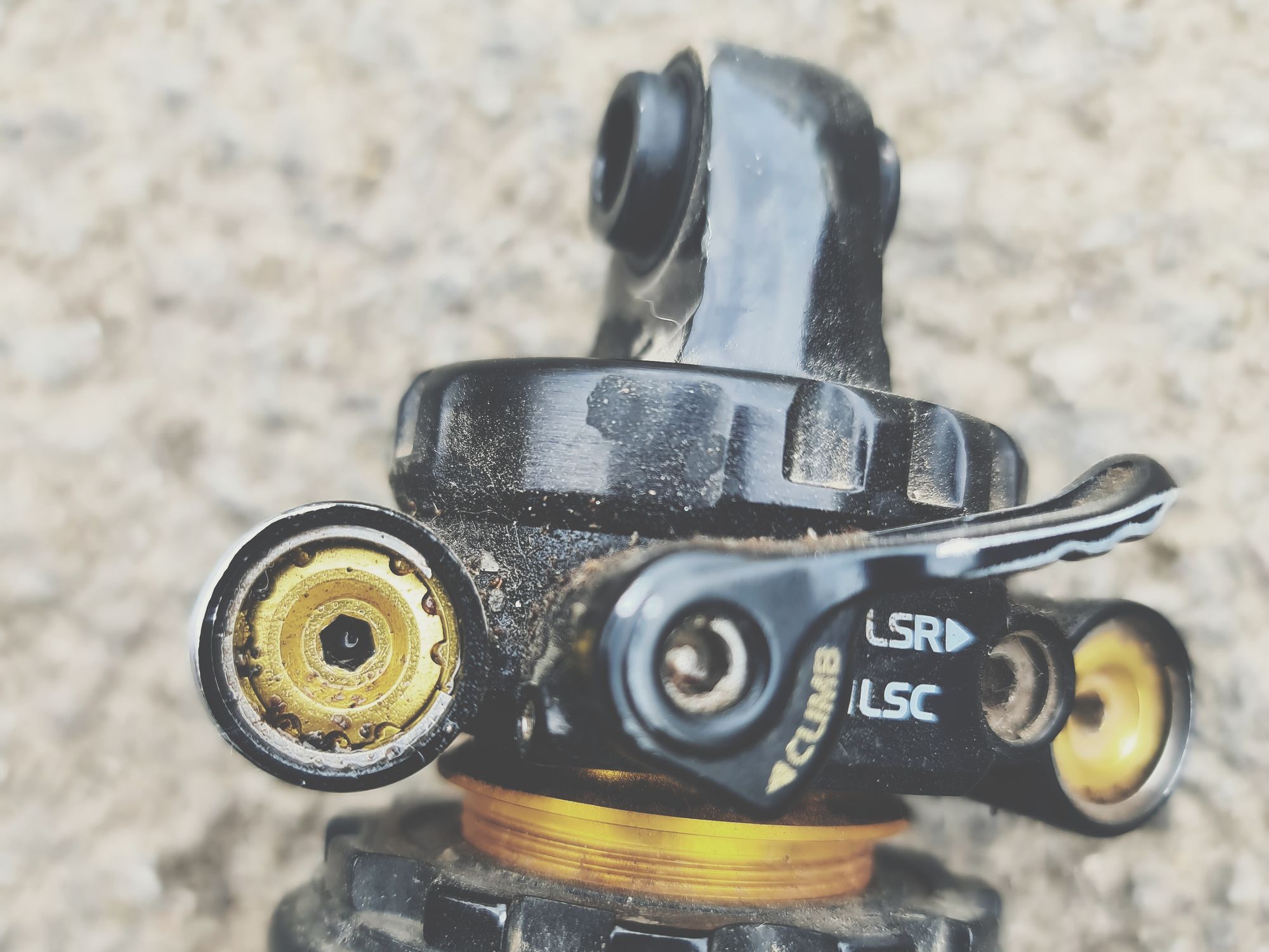
Overall
So, coil for the masses? Pretty much. Marzocchi now offer their Bomber shock for £329.00 and whilst we haven't tested it, it only comes with a single rebound and low speed compression adjustment, along with no climb switch. Fox's cheapest Van coil is £349.00 and has the same adjustments as the Marzocchi. If you want to step up to a DHX2 with 4 way adjustments and climb switch that'll be £689.00 thank you very much. Rockshox daftly named Super Deluxe Ultimate coil is £545 and we don't think anyone has ever bought one, so make of that what you will.
Cane Creek seem to have cornered the market for the trail bike coil shocks with the Inline, it's an impressive performing bit of kit, at a decent price. If they could sort out the knocking issue and publish some service guides, it would be pretty much perfect.
